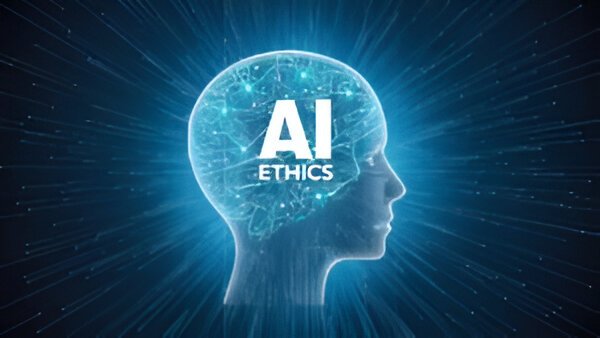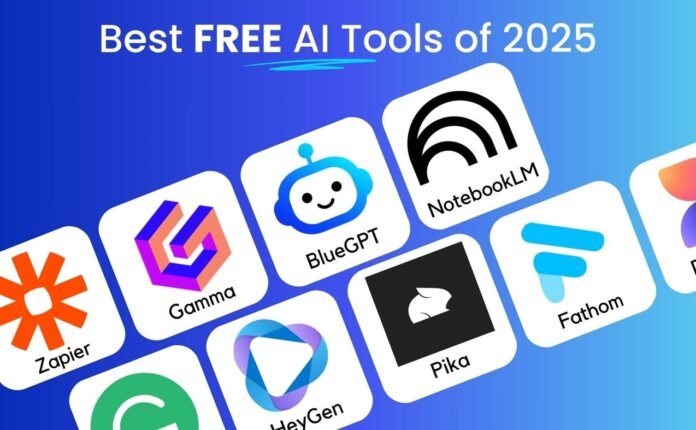Artificial intelligence (AI) is revolutionising industries, restructuring the economy, and changing the way we live and work. AI has shown itself to be a catalyst for change, from voice assistants and chatbots to self-driving cars and medical diagnostics. However, while AI technology advances, the ethical questions surrounding its use will also grow. And it is incumbent upon individuals, organisations, and government institutions to acknowledge and address the ethical concerns in using and developing AI technology. Throughout this article, you will read about several of the biggest ethical issues you should consider and be aware of.
1. Bias and Discrimination
AI is data-driven—meaning AI systems learn from data. Furthermore, data is usually based on growth or profit margins and often structured and biased according to social context. If we are not vigilant about AI development, then AI will perpetuate and potentially exacerbate bias. For example, in tests with facial recognition systems, people with darker skin tones had less accuracy; hiring algorithms have favoured some groups over others, which is blatantly discriminatory.
Why It Matters: Biased AI can adversely affect those who are directly impacted and create outcomes that are discriminatory, unequal, and unfair, especially for those who are marginalised.
What Can Be Done: Developers should audit datasets for bias, create inclusive AI algorithms, and continuously test AI systems in a variety of new real-world scenarios.
2. Privacy Violations
AI is all about data–lots of personal data. AI can analyse everything from browsing habits to biometric data and then accurately predict individual behaviour on a macro level. This creates challenges regarding how that data is collected, stored, and used.
Why this matters: Without strict privacy protections, individuals can be surveilled or their personal data can be exploited without hesitation.
What can be done: There will need to be strong protections around data collection & protection, ethical data practices, and transparency with AI systems in order to protect privacy.
3. Lack of Transparency (aka the black box problem)
Most AI models, particularly deep learning models, work as “black boxes,” meaning their decisions are not easily interpreted, and some even their designers cannot understand how the system arrived at a decision.
Why this matters: Without any explanation as to why decisions are made with AI, these systems cannot be trusted nor challenged, especially in situations where millions of dollars are spent in health or in legal precedent.
What can be done: There is increased interest in explainable AI (XAI) to develop techniques that make AI decisions more interpretable to people in an understandable way.
4. Employment
It is estimated that AI and automation will take away many human jobs, particularly in areas like manufacturing, transportation, and even white-collar jobs such as law and journalism.
Why it matters: AI may improve efficiency and reduce costs, but it could also lead to unemployment, widened economic disparity, and greater social disruption.
What can be done: Governments and businesses must invest in retraining, education, and new jobs that cannot easily be replicated by AI.
5. Autonomous Weapons and Warfare
Military applications of AI are growing rapidly, from drones to surveillance technologies. The idea of fully autonomous weapons—machines that significantly and lethally decide action without human supervision—presents deep moral and strategic challenges.
Why it matters: Autonomous weapons presented the possibility of being deployed in violation of international law or provoked unintended escalation in conflicts.
What can be done: Similar to the physical weapons themselves, the military application of AI needs to be regulated in international treaties and strong ethical guidelines to foster accountability.
6. Manipulation and Misinformation
AI is capable of generating convincing fake videos (deepfakes), can sway public opinion by using bots, and can personalise users’ newsfeeds as a means to keep echo chambers intact.
Why it matters: AI-based misinformation campaigns can undermine democracy and create further polarisation while creating distrust in institutions.
What can be done: Platforms need to create better tools to detect and flag AI-generated content, and users need to learn to be more digitally literate.
7. No Accountability
When an AI system is responsible for harming someone, it is often unclear who should be held accountable: sometimes the developer, the user, the company, or the AI itself.
Why it matters: Without accountability, a victim has no means for recourse, and harmful systems may go unchecked.
What can be done: Legal frameworks need to change to be able to define responsibility and liability for harms in the use of AI systems.
Conclusion
AI has the potential to do great good for society, but it also carries significant ethical risks. Addressing these risks cannot be the responsibility of the technologist alone; it requires coordinated involvement from policy makers, educators, business, and the general public. As AI and the implications of AI continue to evolve, so too will we need to think about how to, and the ways in which we will, reaffirm that technology serves humanity, not the reverse.



